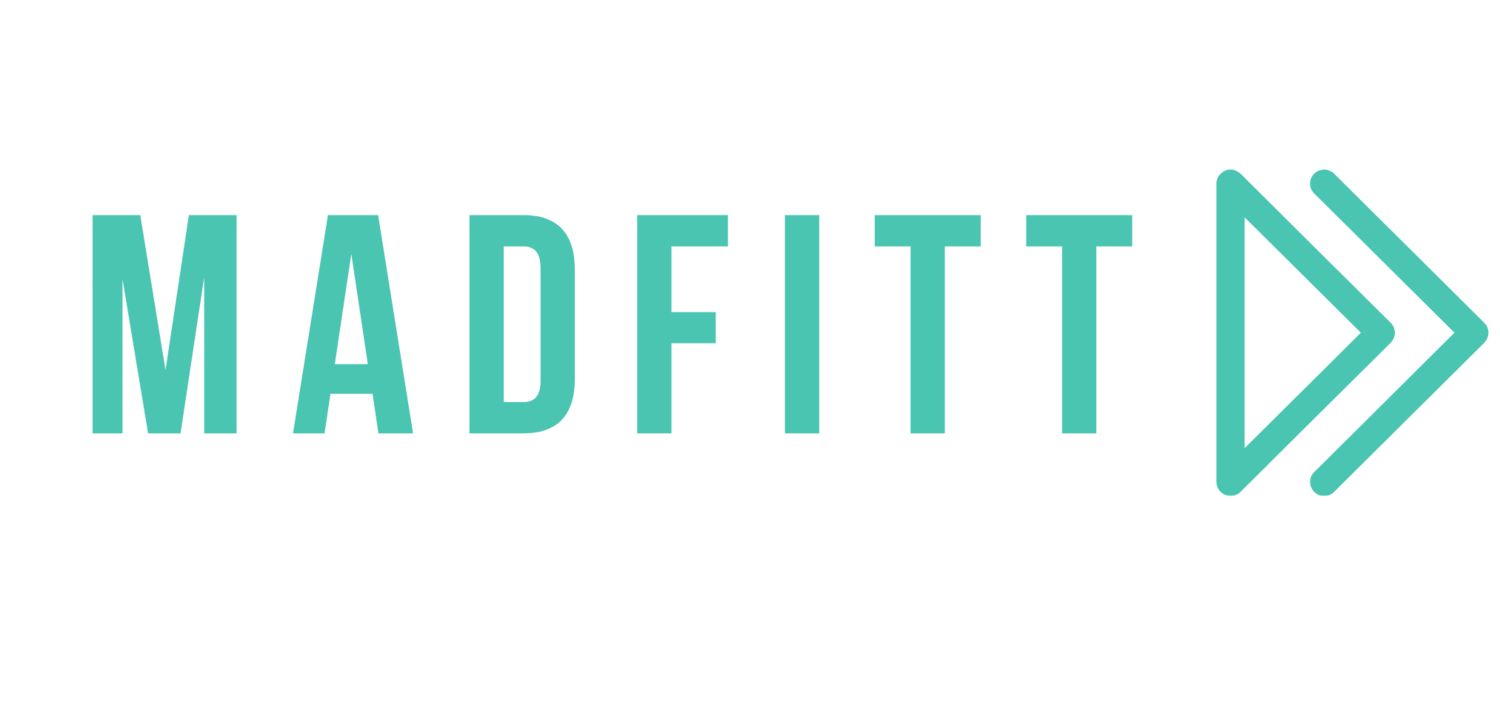TRAINING BACK
1. What you should know about your back?
Made up of lots of different muscles, your back is your support structure - it literally holds you up!
While there are many smaller muscles that help make up what we know as our “back” there are 4 main ones we focus on training.
First up is the latissimus dorsi, or “lats”. Our lats make up the largest part of our upper body and runs from underneath our arms and run right down the back of the ribcage. If we had wings, they’d be coming straight out of our lats!
Next up are our rhomboid muscles. In our mid-back, the rhomboids are slightly higher up than the lats and are responsible for pulling our shoulder (blades) backwards, creating that good posture we all know we should have!
Our trapezius muscles, or “traps”, are even higher up our back and continue up to our neck. These again are large muscles and are responsible for moving our shoulders, shoulder blades and even our neck. For this reason, they can also cause tension headaches so make sure you’re stretching and conditioning these muscles every week around your workouts.
The 3 muscles above are the main ones normally talked about when training our back however they’re all found in our upper back. Therefore, it’s important not to forget about strengthening out lower back too. The main muscles we want to work here are the erector spinae - the muscles that run along our spine, stabilising it and allowing it to move in different directions.
2. Why is it important to train your back?
Well, we already know that our back is important for life because it holds us up but lets look into this further. Not only do our back muscles support our head, neck and shoulders but they also help protect our spine.
Having strong back muscles also helps with gym movements, for example squatting, lunging and deadlifting. They do this by helping us maintain good form throughout the exercises which in turn lets us do the exercise more effectively and also prevent injury.
More generally, our back muscles play a big role in every day movements such as how we stand, how we sit and even things like driving, carrying the shopping and picking things up. This helps prevent injury and just as importantly, helps us to improve our posture.
3. So, what about posture?
Well, we sit for most of the day - particularly if we have a desk based job. We can be seated at work, on the sofa, and in the car. Being in this posture for so long often causes our shoulders to roll forwards and lengthens our back muscles past their regular reach. Over time, this can lead to the body being in a permanent hunched position with the shoulders drawn in and chin pushing forward. This often causes headaches and upper and lower back pain which can be hard to fix!
This can also be caused through exercise. People often focus on training chest more than they train back. Yes in the gym but also a lot of home workouts focus on chest e.g. press ups, shoulder taps, commando planks etc. Really anything that is a “push” movement - make sure you’ve got some “pull” movements in there too!


